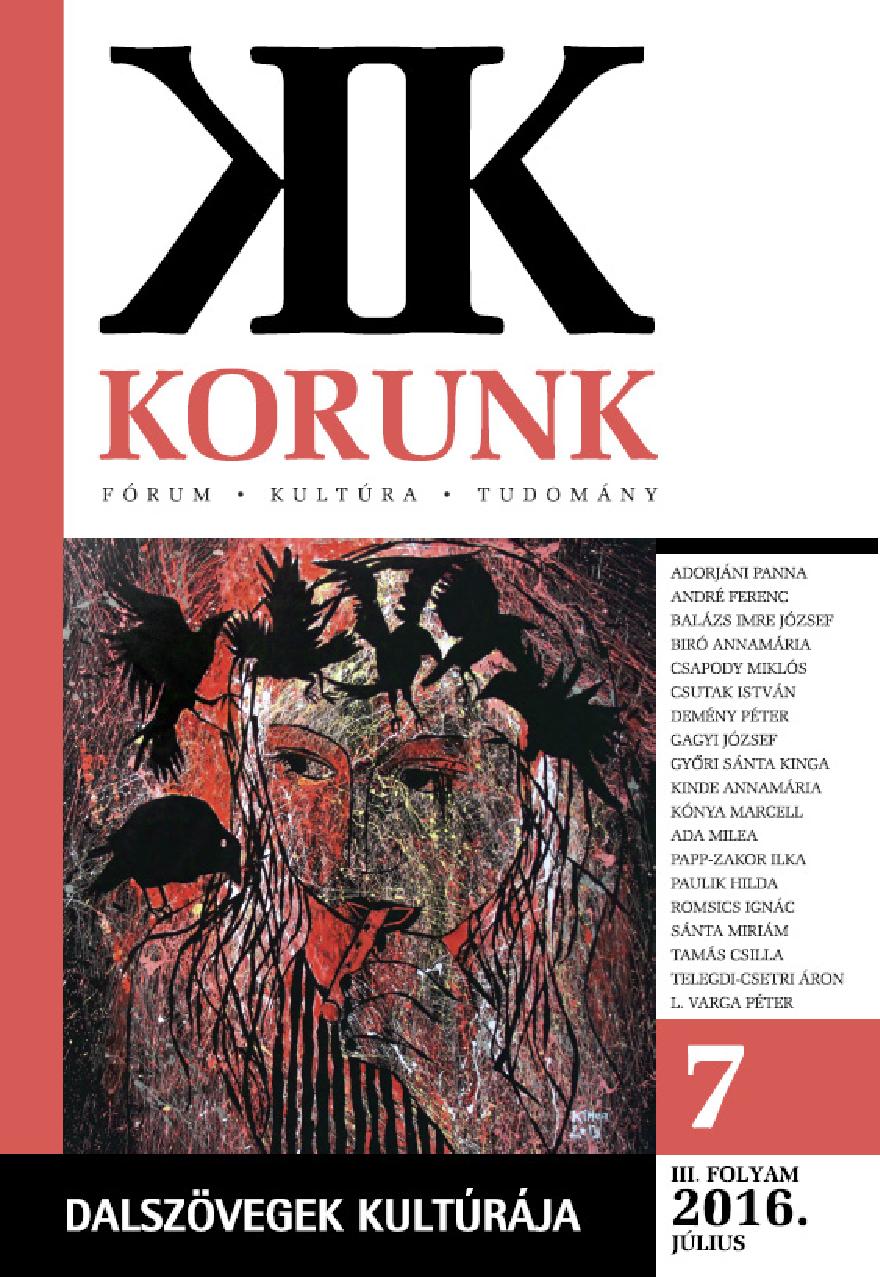Közép- és/vagy Kelet-Európa?
Central Europe and/or Eastern Europe
Author(s): Ignác RomsicsSubject(s): History, Recent History (1900 till today)
Published by: Korunk Baráti Társaság
Keywords: Eastern Europe; Central Europe; East Central Europe; Central Eastern Europe; Zwischeneuropa; Mitteleuropa
Summary/Abstract: The region bounding the Baltic Sea in the north and the Adriatic and Aegean in the south, having Germany on its western frontier and Russia as its eastern neighbor has many names.It has been referred to as Eastern Europe, Central Europe, East Central Europe, Central Eastern Europe, and even Lands Between (in the German original: Zwischeneuropa). The article explains the geographical, political and cultural background of this ambiguity in terminology. Special emphasis is placed on the approaches of the famous interwar Polish historian Oscar Halecki and the Czech Byzantinist Jaroslaw Bidlo as well as the postwar Hungarian historian Jenő Szűcs. Romsics argues that Europe can be divided into western, central and eastern zones along a number of lines, according to religious, social and political criteria and the use of this or that term depends greatly on the position and the perspective of the person referring to the region. What was called during and after WW I Mitteleuropa or Zwischeneuropa in German-speaking lands, in the English-speaking world appearad to be Eastern Europe. After WW II, the word Mitteleuropa seemed to have died with Adolf Hitler, and the post-Yalta order dictated a strict and single dichotomy to capture the continental divide. Therefore, for four decades after 1945 Europe was taken to consist of two halves, Western and Eastern Europe. With the disintegration of the Soviet bloc at the and of the 1980s the term Eastern Europe came once more to be replaced by Central or East Central Europe, as it had been proposed originally by Oscar Halecki.
Journal: Korunk
- Issue Year: 2016
- Issue No: 07
- Page Range: 74-89
- Page Count: 16
- Language: Hungarian

